
Examples and Comments
Compression of Photographic Images
As you can see photographic pictures compress quite well. Until you get to the extremes. The original BMP file is 311 k. Which is a 13:1 compression at the 90 quality.
Compression of Line art and Vector Images
Images with sharp edges do not compress as well. Text especially compresses badly. The original image in BMP format is 192K, which is a 10:1 compression at 90 quality. Also notice that even at 90 quality the image is not quite perfect. There is a noticeable amount of blur around the sharp lines.
Also notice that for the same quality settings, a different ratio of compression is achieved for each set of images.
Quality and Quality
For some insane reason, photoshop quality settings are simple arbitrary. What I mean is that a photoshop quality of 50 is not the same as a quality of 50 in other software. I believe that Adobe assumes that you would never want to save an image at an extremely low quality, so their quality numbers are relative numbers, not standard ratios. See the examples below.
Note: this is NOT a case of Adobe having "better" compression. The JPG compression format is standard. A quality of 10 is a quality of 10 and any two programs should get identical results.
8 pixels by 8 pixels
The JPG compression method separate the image into 8x8 pixel groups during compression. The side effect is that any 8x8 area that crosses a sharp dividing line suffers from quality problems. These are called JPG artifacts and can be seen plainly in the zoomed in pictures below.
Next -----> 10. The TIFF File Format
Compression of Photographic Images
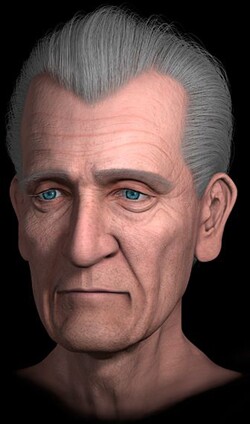 JPG Quality 90 (13:1) 23 K |
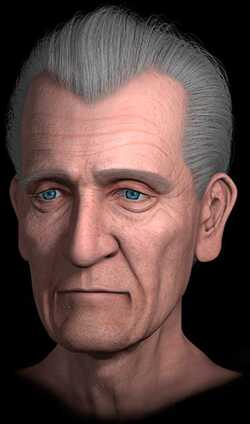 JPG Quality 50 (36:1) 9 K |
 JPG Quality 10 (117:1) 3 K |
As you can see photographic pictures compress quite well. Until you get to the extremes. The original BMP file is 311 k. Which is a 13:1 compression at the 90 quality.
Compression of Line art and Vector Images
 JPG Quality 90 (10:1) 19 K |
 JPG Quality 50 (24:1) 11 K |
 JPG Quality 10 (64:1) 4 K |
Images with sharp edges do not compress as well. Text especially compresses badly. The original image in BMP format is 192K, which is a 10:1 compression at 90 quality. Also notice that even at 90 quality the image is not quite perfect. There is a noticeable amount of blur around the sharp lines.
Also notice that for the same quality settings, a different ratio of compression is achieved for each set of images.
Quality and Quality
For some insane reason, photoshop quality settings are simple arbitrary. What I mean is that a photoshop quality of 50 is not the same as a quality of 50 in other software. I believe that Adobe assumes that you would never want to save an image at an extremely low quality, so their quality numbers are relative numbers, not standard ratios. See the examples below.
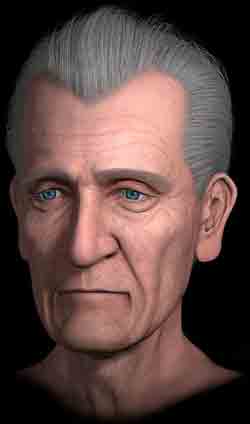 JPG Adobe Photoshop Quality 10 4.2 K |
 JPG IfranView Quality 10 2.7 K |
Note: this is NOT a case of Adobe having "better" compression. The JPG compression format is standard. A quality of 10 is a quality of 10 and any two programs should get identical results.
8 pixels by 8 pixels
The JPG compression method separate the image into 8x8 pixel groups during compression. The side effect is that any 8x8 area that crosses a sharp dividing line suffers from quality problems. These are called JPG artifacts and can be seen plainly in the zoomed in pictures below.
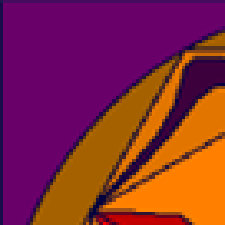 Original BMP Zoom |
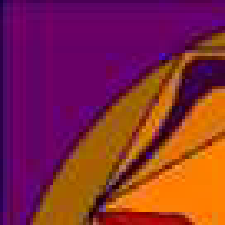 Quality 50 Zoom |
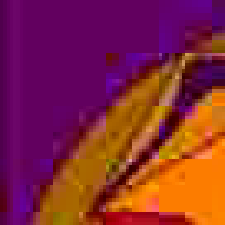 Quality 10 Zoom |
Next -----> 10. The TIFF File Format
